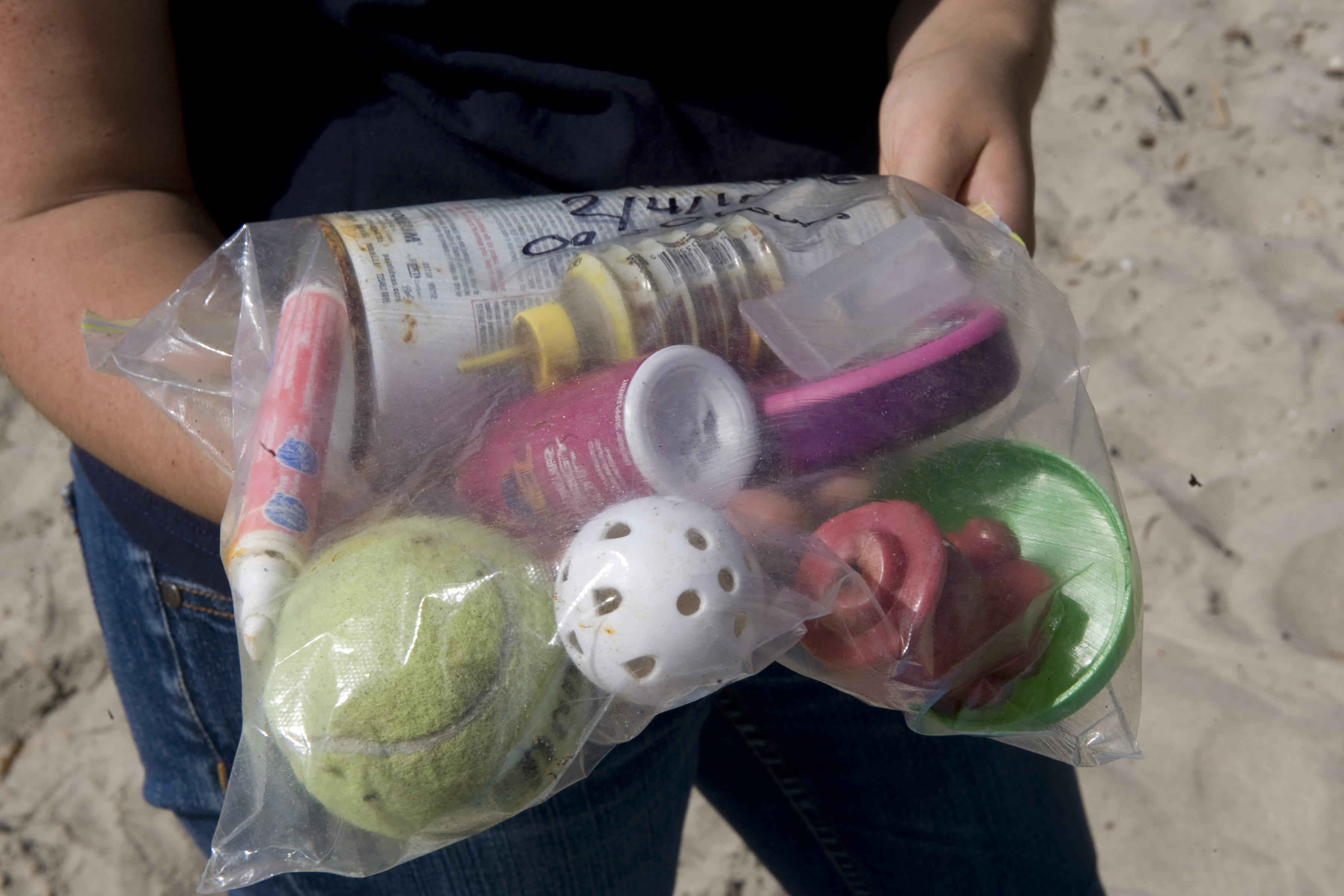Chemists find new way to recycle plastic waste into fuel
Approach tackles most commonly used synthetic plastic

Irvine, Calif., June 21, 2016 – A new way of recycling millions of tons of plastic garbage into liquid fuel has been devised by researchers from the University of California, Irvine and the Shanghai Institute of Organic Chemistry (SIOC) in China.
“Synthetic plastics are a fundamental part of modern life, but our use of them in large volume has created serious environmental problems,” said UCI chemist Zhibin Guan. “Our goal through this research was to address the issue of plastic pollution as well as achieving a beneficial outcome of creating a new source of liquid fuel.”
Guan and Zheng Huang, his collaborator at SIOC, together with their colleagues have figured out how to break down the strong bonds of polyethylene, the most common commercially available form of plastic. Their innovative technique centers on the use of alkanes, specific types of hydrocarbon molecules, to scramble and separate polymer molecules into other useful compounds. The team’s findings were published recently in Science Advances.
Scientists have been seeking to recycle plastic bags, bottles and other trash generated by humans with less toxic or energy intensive methods. Current approaches include using caustic chemicals known as radicals or heating the material to more than 700 degrees Fahrenheit to break down the chemical bonds of the polymers.
In this newly discovered technique, the team degrades plastics in a milder and more efficient manner through a process known as cross-alkane metathesis. The substances needed for the new method are byproducts of oil refining, so they’re readily available.
Guan said the US-China joint team is still working on a few issues to make it more efficient. That includes increasing the catalyst activity and lifetime, decreasing the cost, and developing catalytic processes to turn other plastic trash into treasure.
About the University of California, Irvine: Founded in 1965, UCI is the youngest member of the prestigious Association of American Universities. The campus has produced three Nobel laureates and is known for its academic achievement, premier research, innovation and anteater mascot. Led by Chancellor Howard Gillman, UCI has more than 30,000 students and offers 192 degree programs. It’s located in one of the world’s safest and most economically vibrant communities and is Orange County’s second-largest employer, contributing $5 billion annually to the local economy. For more on UCI, visit www.uci.edu.
Media access: Radio programs/stations may, for a fee, use an on-campus ISDN line to interview UCI faculty and experts, subject to availability and university approval. For more UCI news, visit wp.communications.uci.edu. Additional resources for journalists may be found at communications.uci.edu/for-journalists.